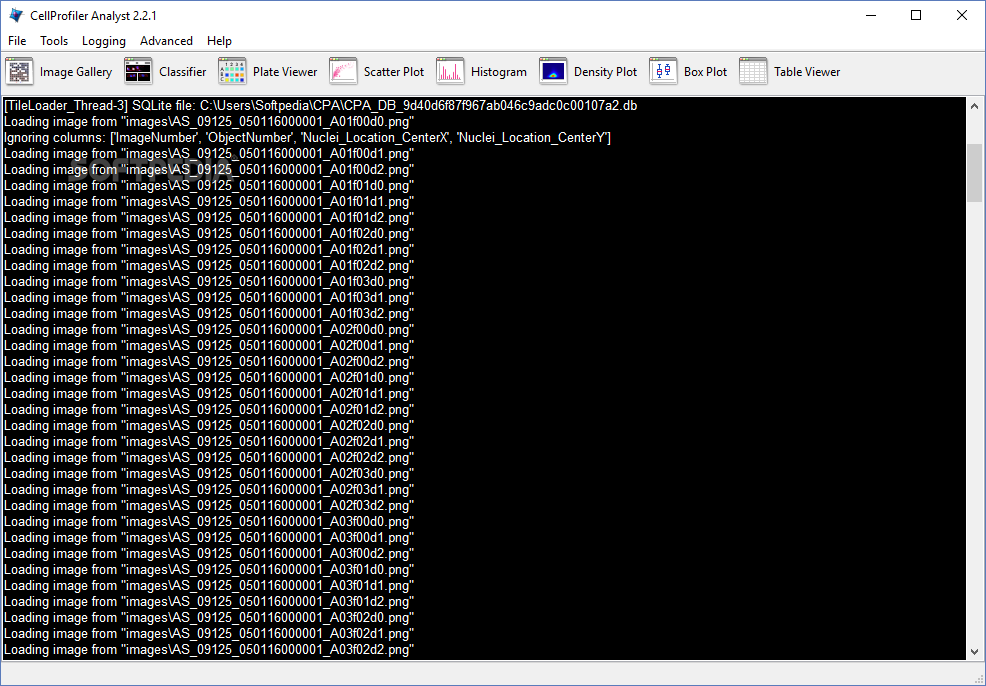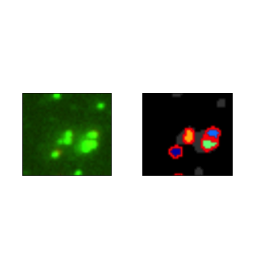
In mammalian cells, the process of nucleophagy likely involves the formation of intra- or juxtanuclear autophagosomes containing LC3, nuclear envelope components, and/or DNA which subsequently enter the macroautophagy pathway and fuse with lysosomes 7 (for review of macroautophagy, see refs 8, 9). Here, we perform a high content screen to discover novel chemical tools that specifically modulate nuclear localization of LC3B in a cancer cell line. LC3B, along with the other autophagy-related isoforms (LC3A, LC3C) are commonly found in and around the nucleus 6.


Autophagy is regularly tracked by LC3 (ATG8, officially MAP1LC3), a microtubule associated protein required for assembly and transport of autophagosomes 5. The term nucleophagy may actually represent multiple unique phenomenon associated with the recycling of DNA, nuclear envelope proteins, other nuclear material 4, micronuclei regulation, or general protein transport dynamics. Some forms of selective autophagy, such as mitophagy and ER-phagy 2, 3 have been well characterized, while nucleus-related autophagy (nucleophagy) is just becoming recognized. Recent research has shown, however, that autophagy is additionally responsible for cellular maintenance through the selective degradation of material within specific organelles, including the ER, mitochondria, peroxisomes, and nuclei 2. This process was originally seen as a non-selective mechanism activated by general cellular stress such as nutrient deprivation. The chemical tools discerned from this screen will allow for the deeper exploration of the mechanism, regulation, and molecular targets of nuclear-localized LC3 in perturbed cellular states.Īutophagy is a conserved membrane trafficking process that degrades cellular materials to enhance survival 1. We also describe a pipeline designed for the execution and analysis of high content screens. Here, we describe a high content screen from which we identified small chemical compounds that can modulate the localization of the autophagy marker MAP1LC3B (LC3) in renal carcinoma cells. The mechanistic details of such nucleus-related autophagic processes remain elusive due to the lack of chemical or genetic regulators to manipulate and follow the process in vitro. Such processes are of interest for potential degradation of DNA and nuclear envelope proteins in various disease states. Specific pathways and functions have been identified for mitophagy, ERphagy, and other selective autophagies yet there is no consensus in whether and how autophagy regulates protein maintenance in and around the nucleus.

Forms of selective autophagy have now been recognized to regulate flux in many intracellular processes.


 0 kommentar(er)
0 kommentar(er)
